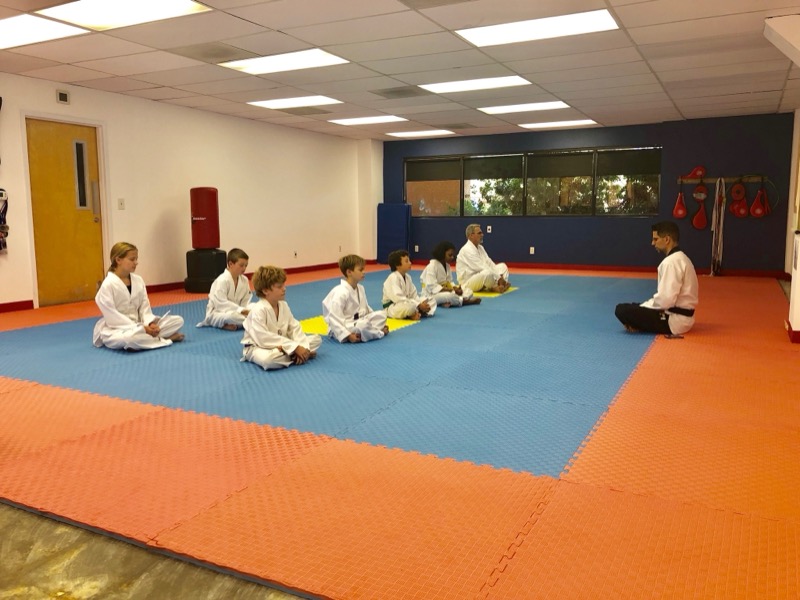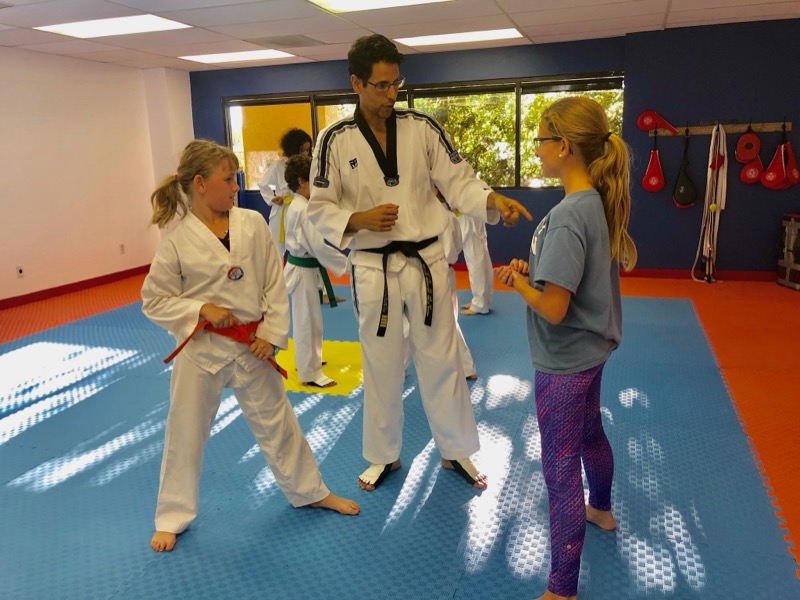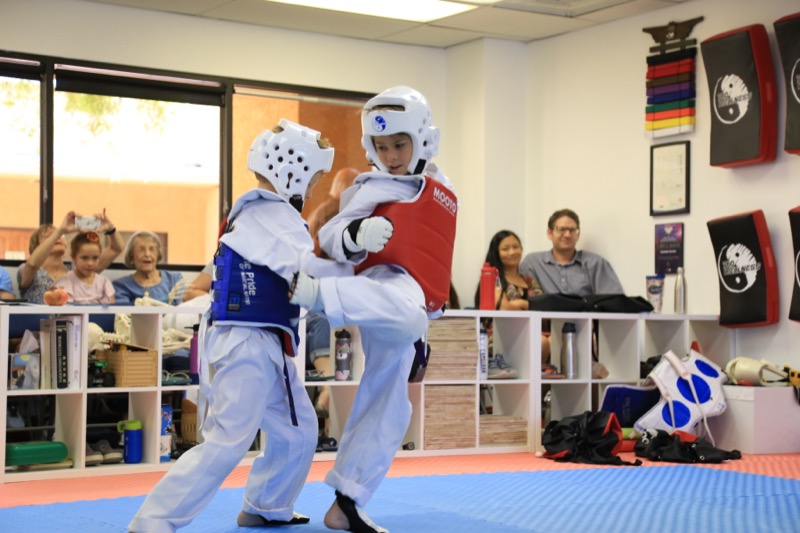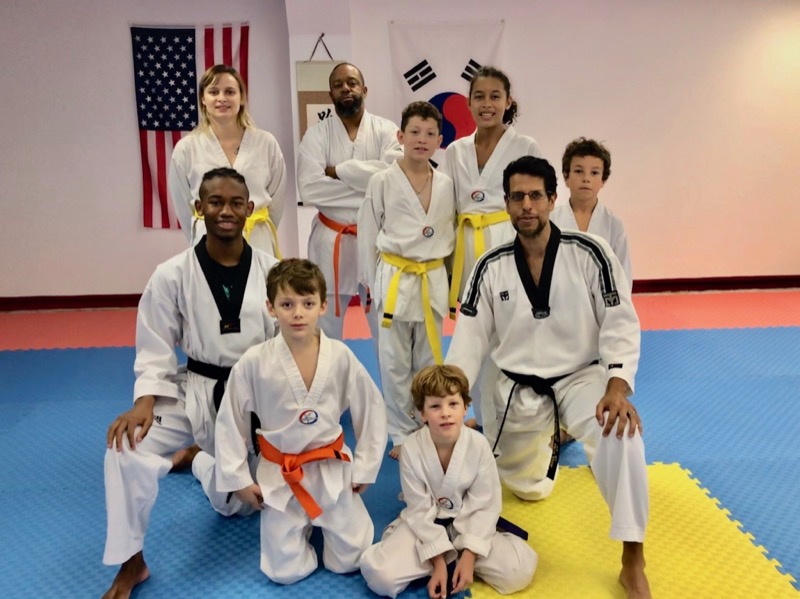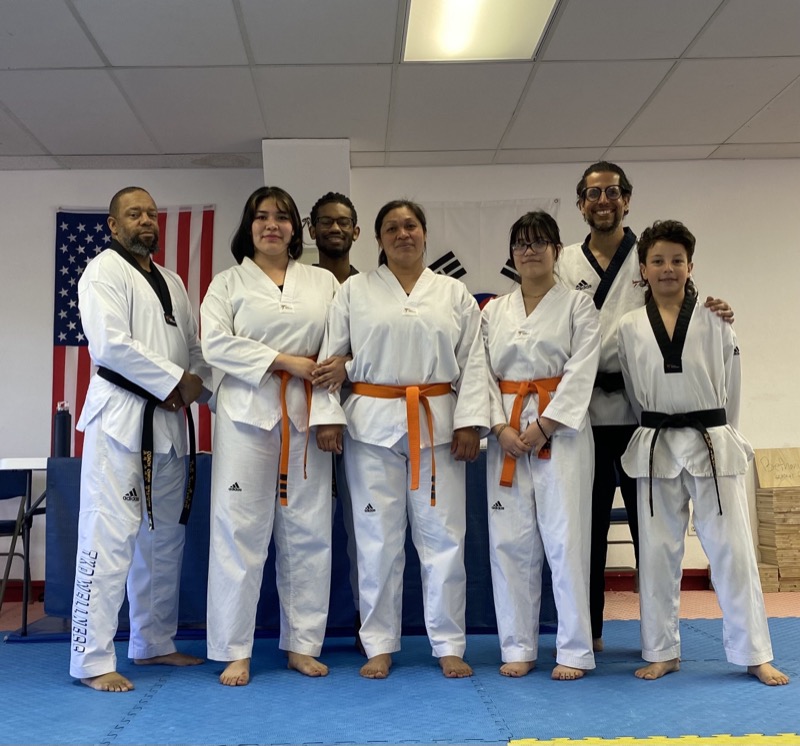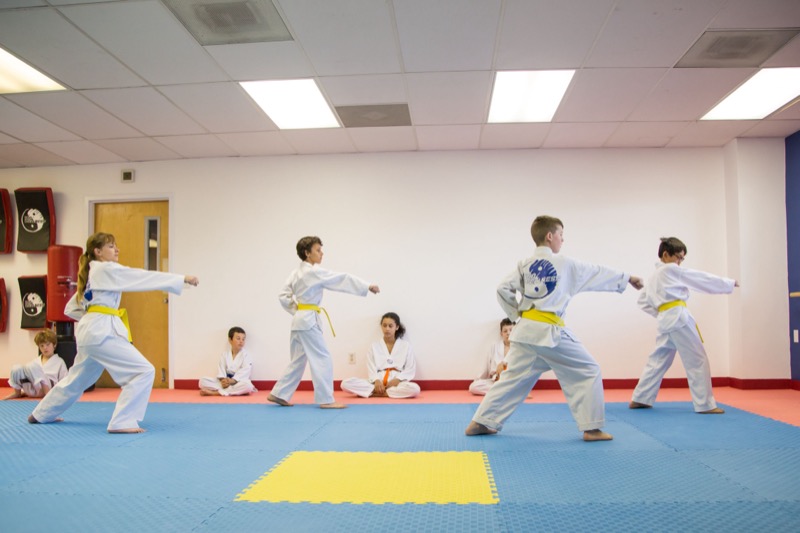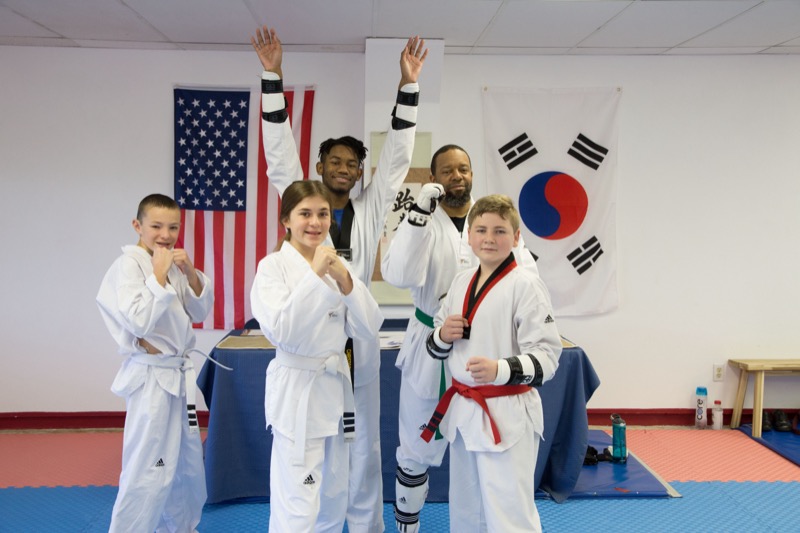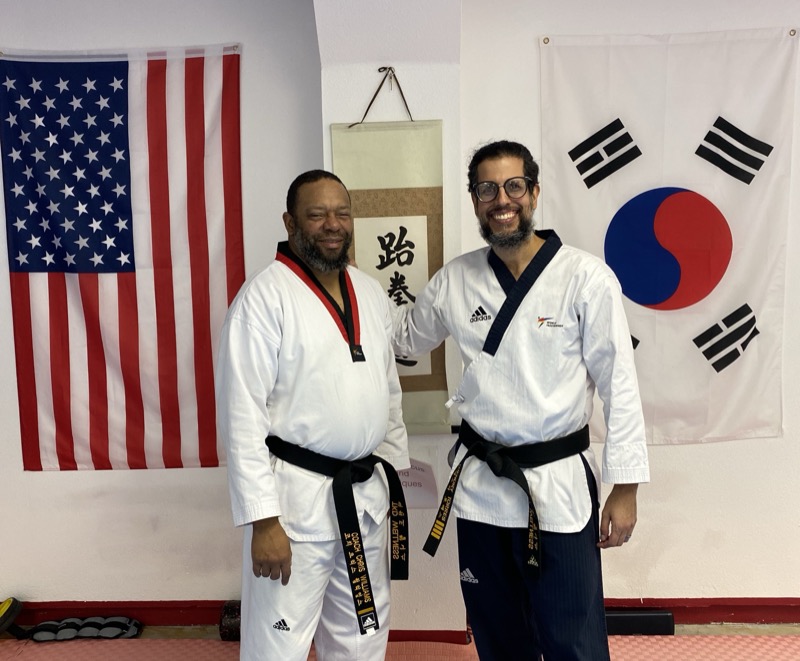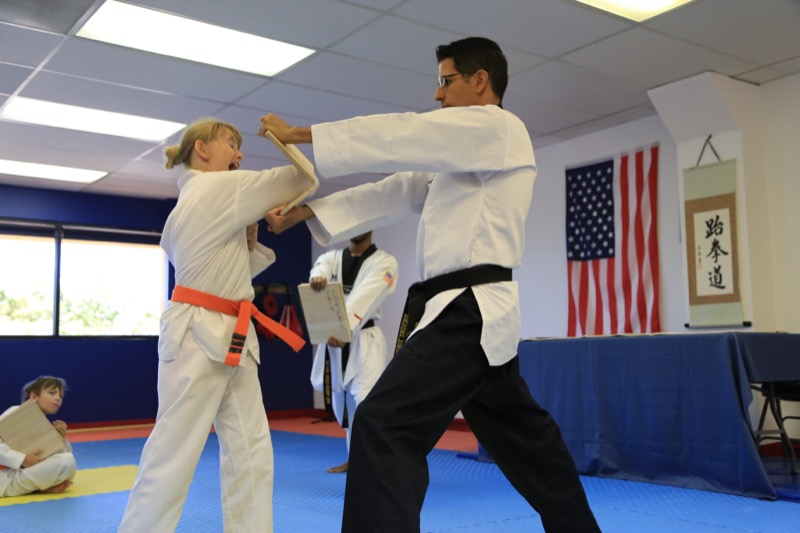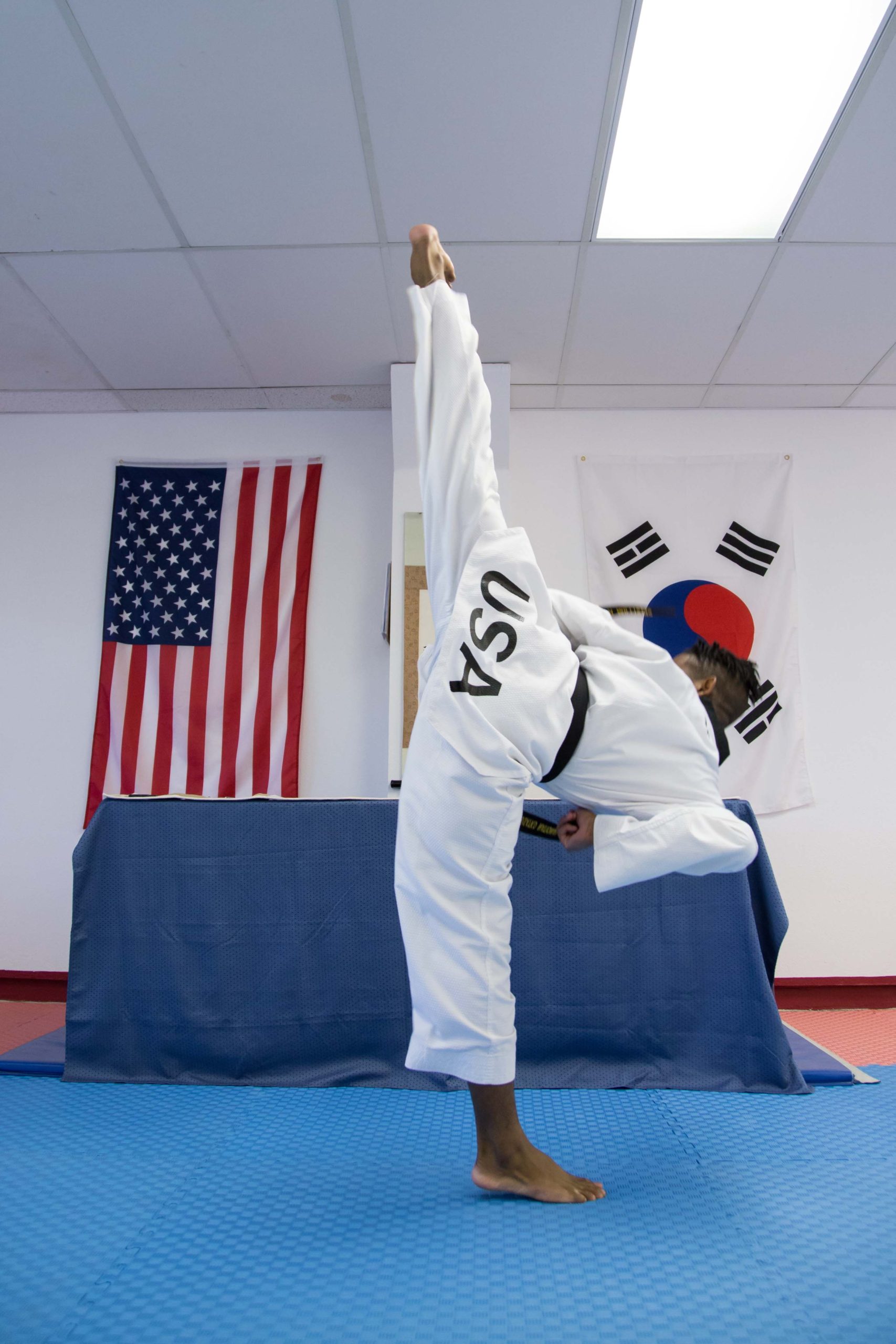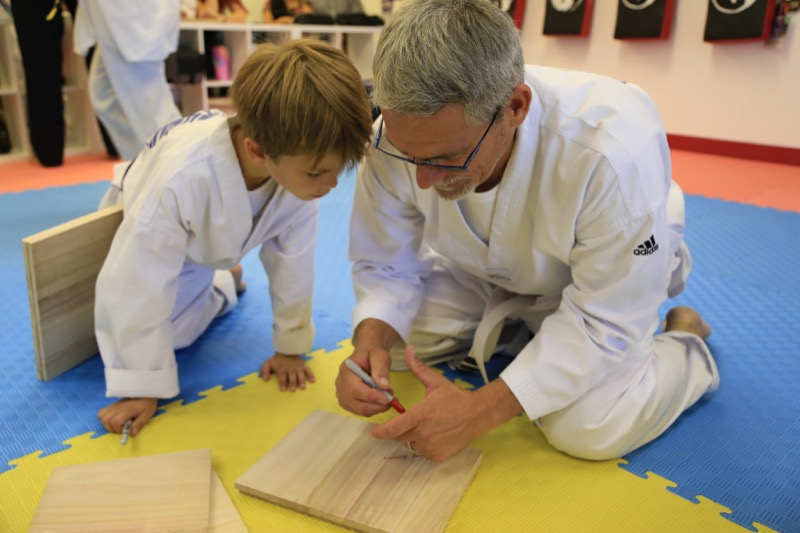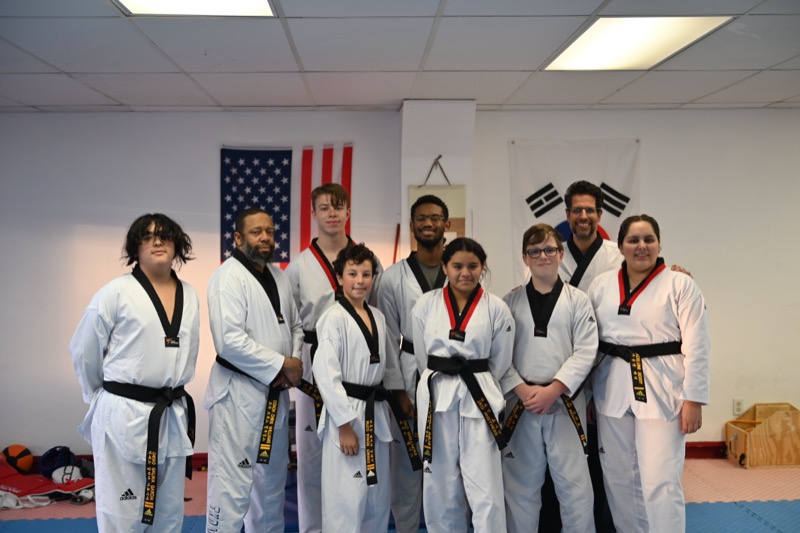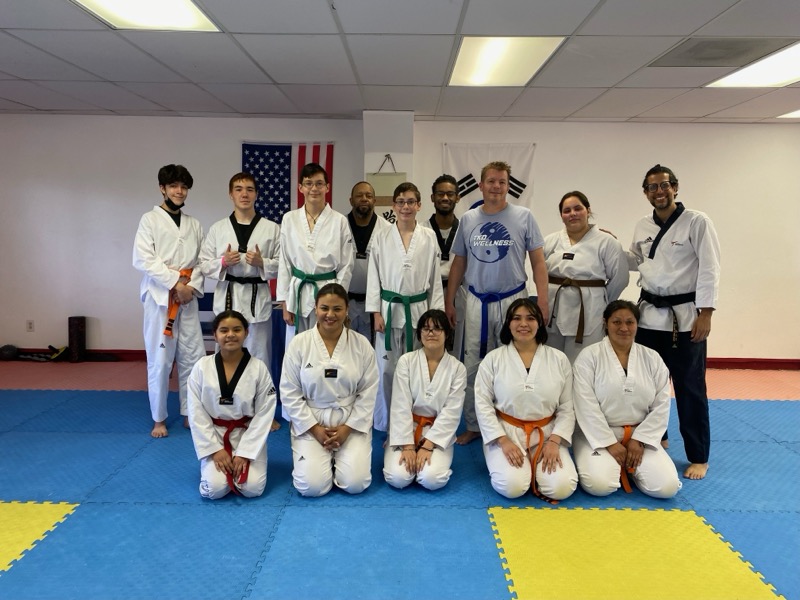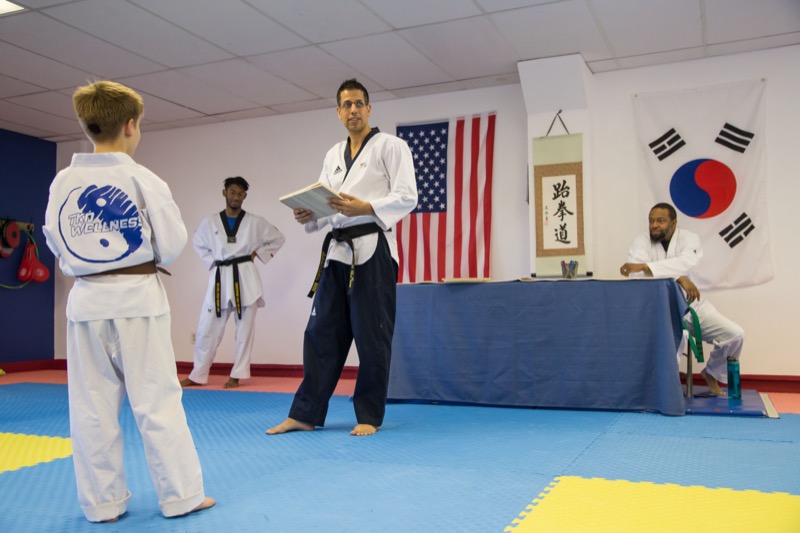
Every year on September 4th, martial artists worldwide come together to celebrate International Taekwondo Day, a day dedicated to recognizing the history, philosophy, and global impact of this dynamic martial art. For families, this occasion offers a fantastic opportunity to introduce children to Taekwondo, a discipline that fosters physical fitness, mental discipline, and character development.
What makes Taekwondo such a beloved martial art for kids? This guide explores its benefits, rich history, and why it’s an excellent activity for children of all ages. Whether your child is naturally athletic or more academically inclined, Taekwondo provides an exciting blend of physical exercise and mental growth.
The Rich Heritage of Taekwondo
Before diving into its benefits, it’s important to understand the origins of Taekwondo. This martial art has roots in Korea, dating back over 2000 years. Initially practiced as a form of self-defense, Taekwondo combines traditional fighting techniques with modern sports practices. The name “Taekwondo” comes from the Korean words:
- Tae (foot): Referring to kicks and leg techniques
- Kwon (fist): Highlighting striking and hand techniques
- Do (way): Emphasizing the philosophical and disciplined approach
Taekwondo has since evolved into a global phenomenon, celebrated not only as a martial art but also as an Olympic sport, showcasing its combination of tradition and modernity. Its core values of discipline, respect, and perseverance resonate with families worldwide.
The Benefits of Taekwondo for Kids
Taekwondo offers a holistic approach to child development, combining physical, mental, and emotional growth.
1. Physical Development
Taekwondo is an engaging form of exercise that helps children develop strength, endurance, and flexibility. It provides a full-body workout, promoting overall health and fitness.
- Cardiovascular Fitness: High-energy classes keep the heart healthy and improve stamina.
- Flexibility and Balance: Dynamic kicks and movements enhance flexibility and coordination.
- Strength and Endurance: Regular training builds muscular strength and boosts endurance.
- Injury Prevention: Improved flexibility and body awareness reduce the risk of injuries in other sports.
2. Mental Discipline and Focus
Taekwondo isn’t just about physical movements—it sharpens the mind.
- Improved Concentration: Learning forms (poomsae) and strategies during sparring requires focus, improving cognitive skills.
- Discipline: Structured lessons teach kids the importance of following instructions and maintaining self-control.
- Emotional Regulation: Controlled breathing and mindful practice help children manage frustration and anxiety.
3. Building Confidence and Self-Esteem
Taekwondo helps children build a strong sense of self-worth.
- Achievement Through Progression: Advancing through the belt system teaches kids the value of hard work and goal-setting.
- Confidence Boost: Mastering techniques, participating in tournaments, and achieving new belts foster a sense of accomplishment.
- Leadership Skills: As kids grow in rank, they may mentor peers, developing leadership qualities.
4. Character Development and Core Values
The principles of Taekwondo go beyond the mat, shaping children into respectful, resilient individuals.
- Respect and Courtesy: Bowing and adhering to class etiquette teach kids the importance of respecting others.
- Perseverance: Overcoming challenges in training instills grit and determination.
- Integrity: Taekwondo emphasizes honesty and ethical behavior, encouraging kids to act with honor.
5. Social Skills and Teamwork
Though often perceived as an individual sport, Taekwondo fosters a sense of community.
- Collaboration: Partner drills and group activities help kids learn teamwork and cooperation.
- Friendships: Classes provide a space for kids to meet peers who share similar interests.
- Supportive Environment: The inclusive atmosphere builds a sense of belonging and camaraderie.
Celebrating International Taekwondo Day with Your Family
International Taekwondo Day is the perfect time to introduce your child to this transformative martial art. Here are some ways you can celebrate:
- Attend a Demonstration: Many Taekwondo schools hold special events or exhibitions on September 4th. Watch live demonstrations of forms, sparring, and breaking techniques to inspire your child.
- Take a Trial Class: Use the day to visit a local Taekwondo dojang (school) and participate in a beginner-friendly session.
- Learn About Taekwondo History: Share stories about Taekwondo’s origins and its cultural significance in Korea.
- Practice Together: If your child already practices Taekwondo, join them for a home training session or learn a basic move together.
Why Parents Love Taekwondo for Kids
Parents often see Taekwondo as more than just a sport—it’s a tool for lifelong learning. From the physical benefits to the core values it instills, Taekwondo equips kids with the skills they need to thrive both on and off the mat. Whether it’s helping them navigate social challenges or teaching them the importance of hard work, Taekwondo provides a foundation for success.
Conclusion
As we celebrate International Taekwondo Day this September 4th, take the opportunity to explore how this martial art can enrich your child’s life. Taekwondo’s unique blend of physical activity, mental discipline, and character development makes it a powerful tool for fostering resilience, confidence, and respect. Whether your child is just starting their martial arts journey or looking to deepen their practice, Taekwondo offers an invaluable path to growth.
Mark your calendars, step onto the mat, and join the global Taekwondo community in celebrating this incredible art form!
Written by AI & Reviewed by Clinical Psychologist and Head Coach: Yoendry Torres, Psy.D.
Disclaimer: Please note that some blog posts may contain affiliate links, and TKD Wellness will earn a commission if you purchase through those links at no additional cost to you. We use all of the products listed and recommend them because they are companies or products that I have found helpful and trustworthy. Our website is supported by our users.
